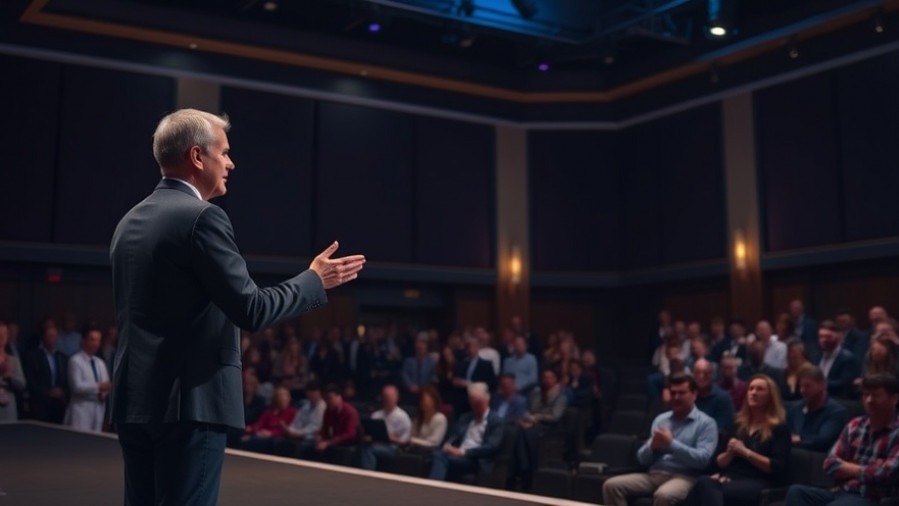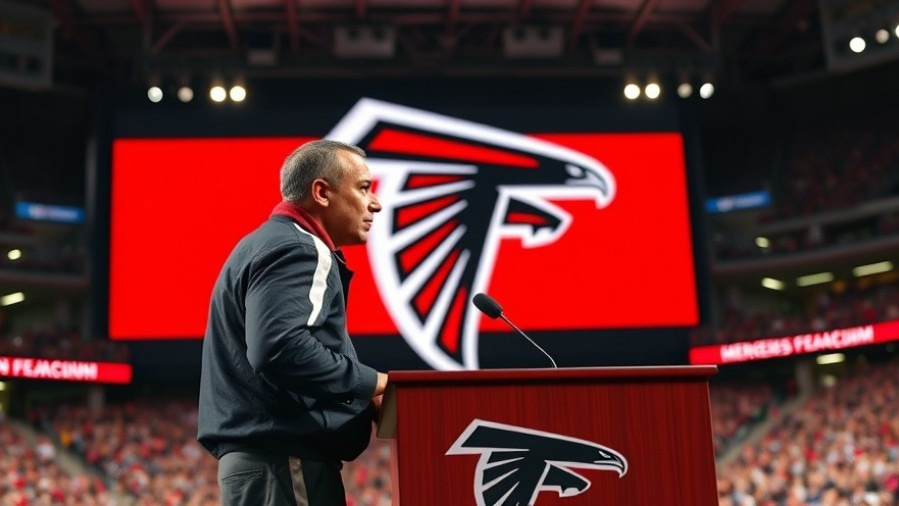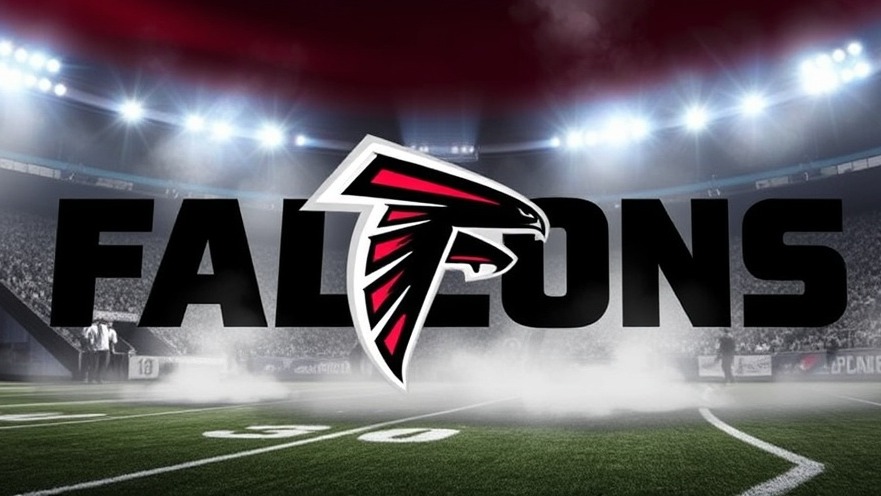
Creating a New Era: The Launch of Georgia’s NeuroArts Coalition
In a groundbreaking event held at the Atlanta Symphony Hall, the Woodruff Arts Center unveiled Georgia’s NeuroArts Coalition, paving the way for a transformative exploration of how art intertwines with neuroscience to enhance health and community connections. On the evening of October 11, 2025, over 500 individuals from diverse backgrounds—artists, scientists, educators, and civic leaders—came together for the launch of The Arts + Health Laboratory, Georgia’s segment under the national NeuroArts Blueprint Initiative.
This initiative marks a significant cultural shift, as stated by Susan Magsamen, co-founder and co-director of the NeuroArts Blueprint Initiative. The goal is simple yet profound: to demonstrate that the arts can provide accessible health solutions that are effective on a large scale. “We’re standing on the verge of a new era where the arts can deliver potent, accessible, and proven health and well-being solutions to billions of people,” noted Magsamen.
Understanding NeuroArts: The Intersection of Creativity and Well-being
The NeuroArts Coalition encapsulates a new understanding of the arts' power to influence our health positively. Research aligns with Magsamen’s assertion, demonstrating that engaging with art activates various parts of the brain involved in empathy and social connection. As participants engage with art, be it music or dance, the neurons in their brains begin firing in sync, fostering a sense of community and shared experience that is essential for personal and collective healing.
The arts can help bridge gaps—not just in our understanding of one another, but in health as well. Each Community NeuroArts Coalition, emphasizing local diversity, stands to develop diverse programs aimed at addressing distinct community needs, from improving maternal health to mitigating social isolation. The symbiosis between artists, researchers, and public health leaders is becoming essential for tailoring and implementing these innovative programs.
Community-Centric Approaches in the Arts and Health Integration
Georgia’s Arts + Health Laboratory is a collaborative unit, bringing together esteemed institutions such as the Alliance Theatre, the Atlanta Symphony Orchestra, the High Museum of Art, Georgia Tech, and Emory University, all working collaboratively to further research into how art impacts community health. “The arts are not an accessory; they’re essential to how we live, learn, and heal,” emphasized Magsamen, highlighting the notion that creative expression can form the backbone of health promotion strategies.
The need for interdisciplinary cooperation underscores the essence of community-based participatory research in developing effective arts programs tailored to specific audiences. Such approaches not only make the arts available but must ensure that they resonate deeply with the individuals they aim to serve.
Advancing Knowledge Through Performance and Dialogue
The launch event featured an artistic expression that highlighted the power of music on cognitive processes, demonstrated by Dr. Adrian Tyndall, Dean of the Morehouse School of Medicine, who performed a classical piano piece. This performance was complemented by thought-provoking panel discussions about how the arts foster empathy in young minds and provide a pathway to cognitive rehabilitation for others.
Tinashe Kajese-Bolden, the artistic director of the Alliance Theatre, introduced the performance from “Milo Imagines the World,” a compelling musical that speaks to the importance of nurturing young imaginations. “When young people see someone close to their age on stage creating something brave and true, it expands how they see themselves,” she explained, driving home the point that engaging with the performing arts can yield tangible benefits for youth development.
The Broader Implications: What This Means for Healthcare and Education
The implications of the NeuroArts Coalition extend beyond the immediate art community; they hold the potential to revolutionize healthcare and educational strategies in Georgia and beyond. As studies reaffirm that exposure to the arts can significantly improve physical and mental health outcomes, the need to integrate creative approaches into both health and education systems becomes increasingly clear.
Research has reinforced that arts can lower stress, enhance cognitive function, and even prolong life expectancy. This shift prompts a reevaluation of traditional education and healthcare frameworks, urging stakeholders to advocate for more comprehensive integration of the arts. Collectively, as cities across the globe adopt similar NeuroArts initiatives, we may witness a widespread cultural transformation driven by the unifying power of creativity.
Looking Ahead: A Call to Embrace the NeuroArts Movement
As Georgia embarks on this ambitious journey with the NeuroArts Coalition, the community is called to embrace this movement that links creativity with well-being. The potential for the arts to enrich our lives and address societal issues is immense. By supporting local art initiatives, participating in community programs, and advocating for broader integration of the arts in education and health, we can leverage the strengths of both fields. Together, we can nurture not just creativity but a healthier, more connected society.
As the NeuroArts movement gains traction, imagine a future where every person, regardless of their background, has access to the transformative power of the arts—a future worthy of our collective investment. It’s time to think creatively about how we can transform our communities, one brushstroke, note, and word at a time.”
 Add Row
Add Row  Add
Add 




Write A Comment